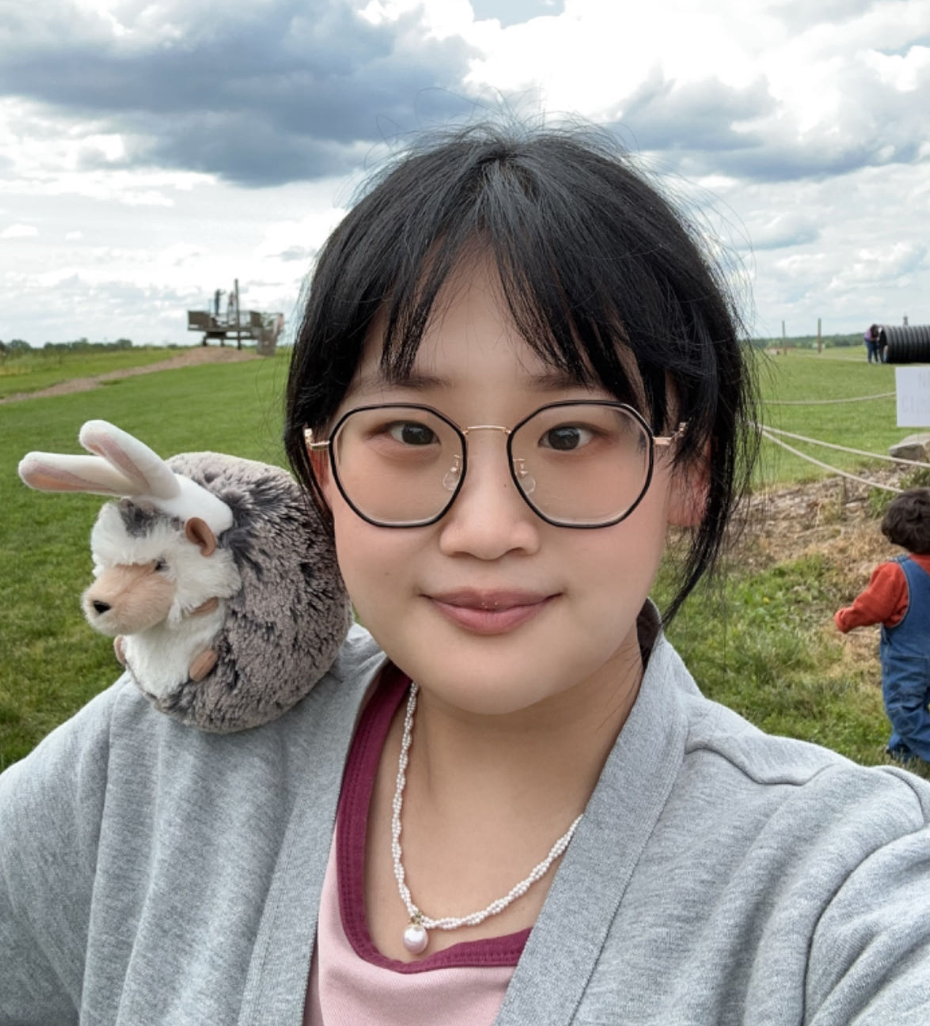Presenters

Yaochen Zhu
Yaochen Zhu is a rising third-year Ph.D. student at the University of Virginia. Previously, He was a machine learning research intern at Netflix and and an applied research intern at LinkedIn. His research interests mainly lie in causal inference, large language models, as well as grounding them in specific data mining tasks.
Yinhan He
Yinhan He is a Ph.D. student in the Department of Electrical and Computer Engineering at the University of Virginia. He received the B.S. degree in Mathematics and Applied Mathematics from University of Chinese Academy of Sciences in 2022. His research interest is graph machine learning, explainable AI and machine learning for healthcare.
Jing Ma
Jing Ma is a tenure-track Assistant Professor in the Department of Computer & Data Sciences at Case Western Reserve University (CWRU). Before that, she obtained her Ph.D. in the Department of Computer Science at University of Virginia (UVA) in 2023 summer, working with Prof. Jundong Li and Prof. Aidong Zhang. She obtained her master's degree and bachelor's degree at Shanghai Jiao Tong University (SJTU). She is broadly interested in machine learning and data mining. Her current research mainly focuses on trustworthy AI (generalization, explanation, fairness, robustness, etc.), causal machine learning, graph mining, AI for social good, and recently large language model.
Mengxuan Hu
Mengxuan Hu is a rising third-year Ph.D. student at the University of Virginia.
Sheng Li
Sheng Li is a Quantitative Foundation Associate Professor of Data Science and an Associate Professor of Computer Science (by courtesy) at the University of Virginia (UVA). He was an Assistant Professor of Data Science at UVA from 2022 to 2023, an Assistant Professor of Computer Science at the University of Georgia from 2018 to 2022, and a Data Scientist at Adobe Research from 2017 to 2018. He received his PhD degree in Computer Engineering from Northeastern University in 2017 under the supervision of Prof. Yun Raymond Fu. He received his Master degree and Bachelor degree from School of Computer Science at Nanjing University of Posts and Telecommunications in 2012 and 2010, respectively. His recent research interests include trustworthy representation learning, graph neural networks, visual intelligence, and causal inference. He has published over 150 papers, and has received over 10 research awards, such as the INNS Aharon Katzir Young Investigator Award, Fred C. Davidson Early Career Scholar Award, Adobe Data Science Research Award, Cisco Faculty Research Award, and SDM Best Paper Award. He has served as Associate Editor for eight journals such as IEEE Trans. Neural Networks and Learning Systems (TNNLS) and IEEE Trans. Circuits and Systems for Video Technology (TCSVT), and has served as an Area Chair for IJCAI, NeurIPS, ICML, and ICLR.